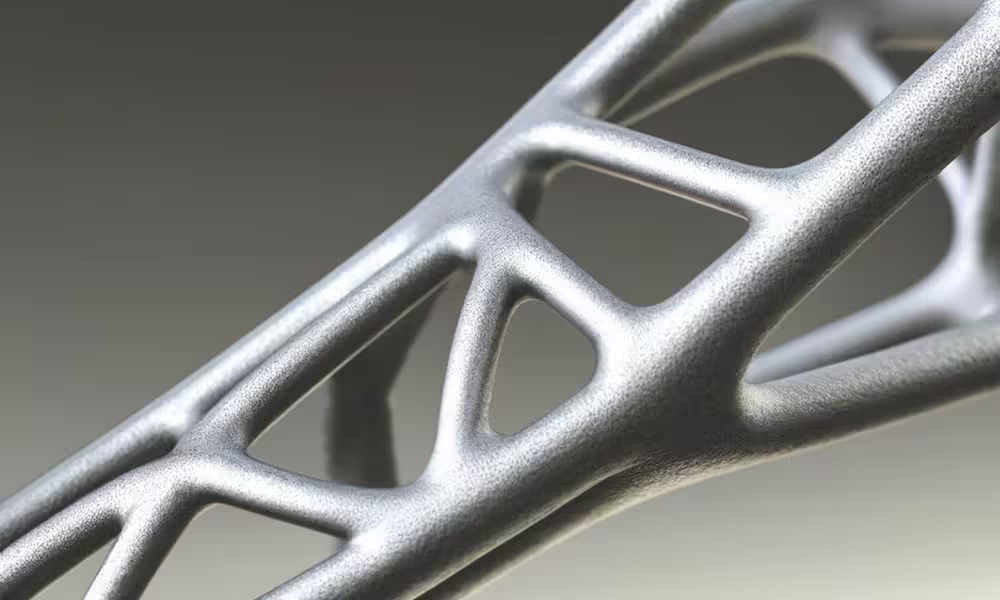Design has been a pursuit of humanity since day one. The practice of taking materials from the world around us and shaping them to create a useful function is one of the fundamental processes to have delivered us to the world we live in today.
The initial motivations for our ancestors were driven by the desire to facilitate meeting needs for provision of food, water and shelter – the fundamental requirements of survival. Shaping a hammer from a stone core, or using plant materials to build a shelter, were some of humanity’s earliest design enterprises.
With the perfection of concepts like the lever and pulley bolstering agricultural productivity, mechanisms such as the windmill soon emerged, enabling more complex functions to be considered and sparking an industrial revolution.
The evolutionary process of design flows such that innovations lead to innovations and, once basic needs are met, further experimentation is driven by some level of enjoyment gained from tapping into our innate desire and curiosity to keep exploring, optimising and doing better. This is what we know today as the pursuit of excellence.
For example, the imagination of the first wheel led to the innovation of the horse-drawn carriage, which, in relatively short time, led to the innovation of the motor car.
Sport from design
Following that glide path, it’s not difficult to see how humans, enjoying the comfort of plentiful food and warm houses, began to create sport out of design. This led to the development of hugely complex mechanisms like Formula 1 cars, made of thousands of components, each one of them a specialised evolution of a basic function, acutely focused on a specific objective.
The addition of sport to design activity is a significant point. With competition in the mix, the quality of a design is considered with a new scrutiny because an edge is gained by designing better than your opposition. This leads to some unique specialisations.
In any high-performance design, each innovation is undertaken with a focus on improving the previous function by a certain metric. When the designs are intended to bear loads, the metrics are strength, stiffness and weight.
With this, we enter the world of structurally efficient design.
What is structurally efficient design?
In motorsport, we need components to be strong enough to withstand their intended use without permanent, plastic deformation or damage. We need parts to be stiff and not flex excessively during…
Click Here to Read the Full Original Article at Racecar Engineering…

